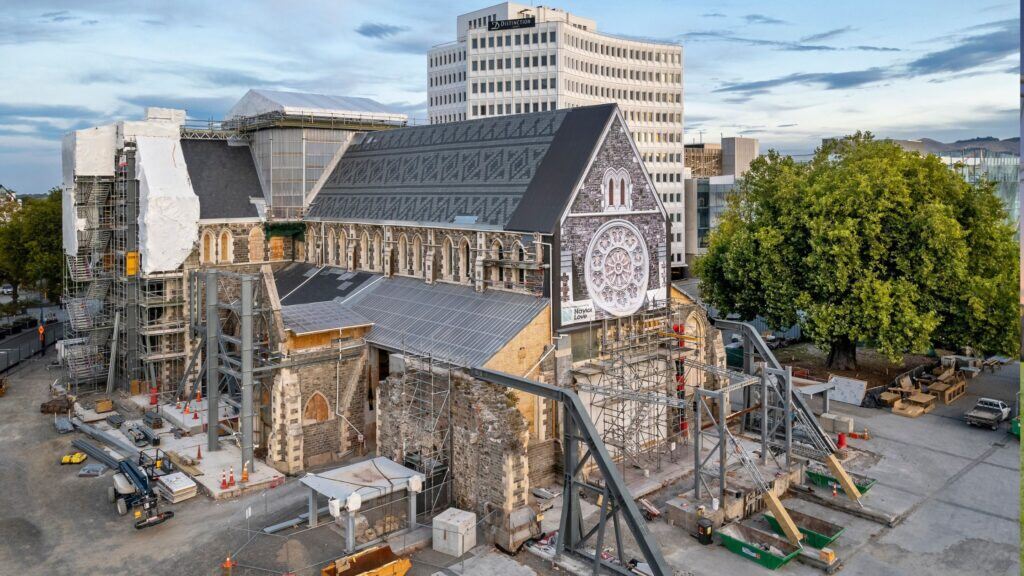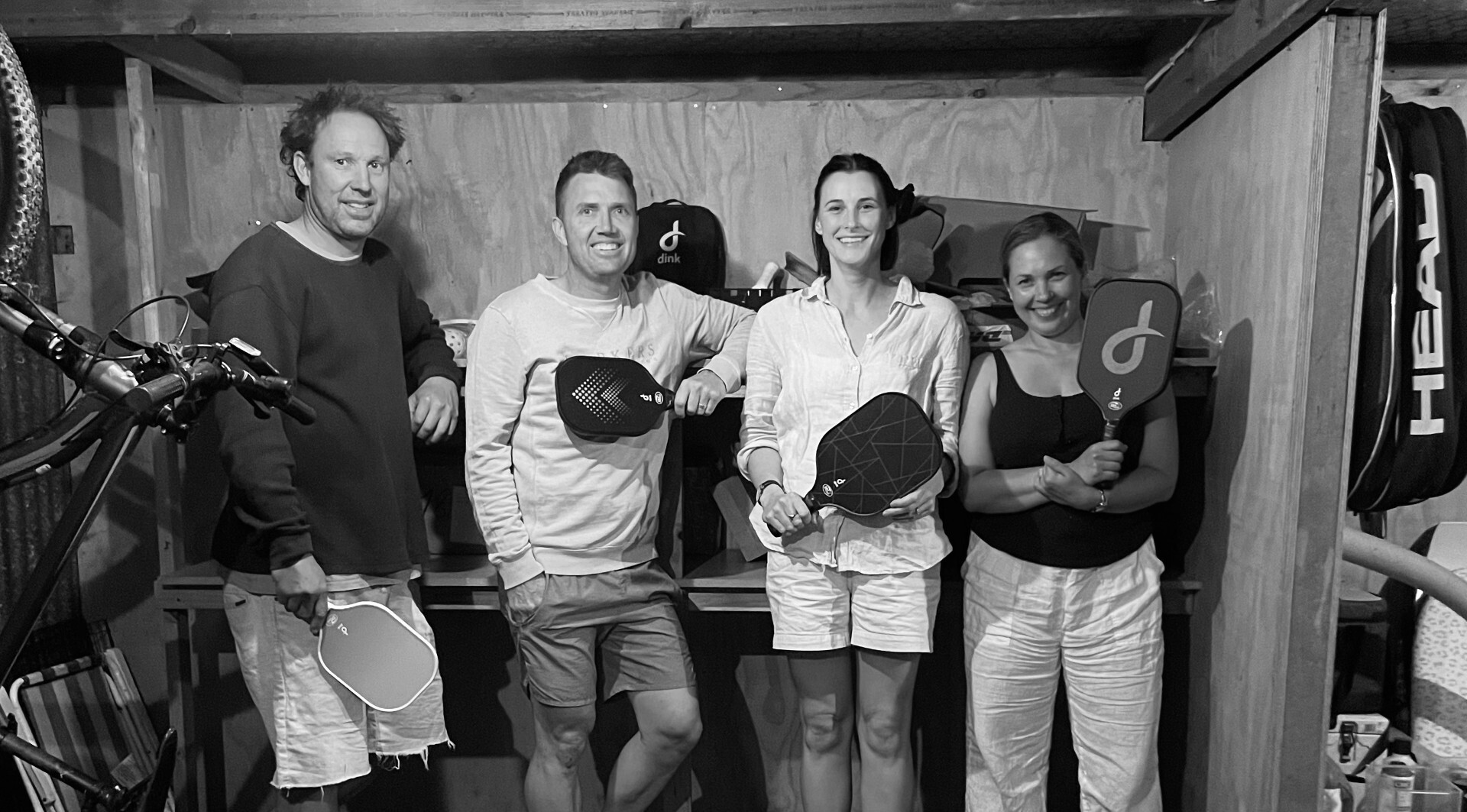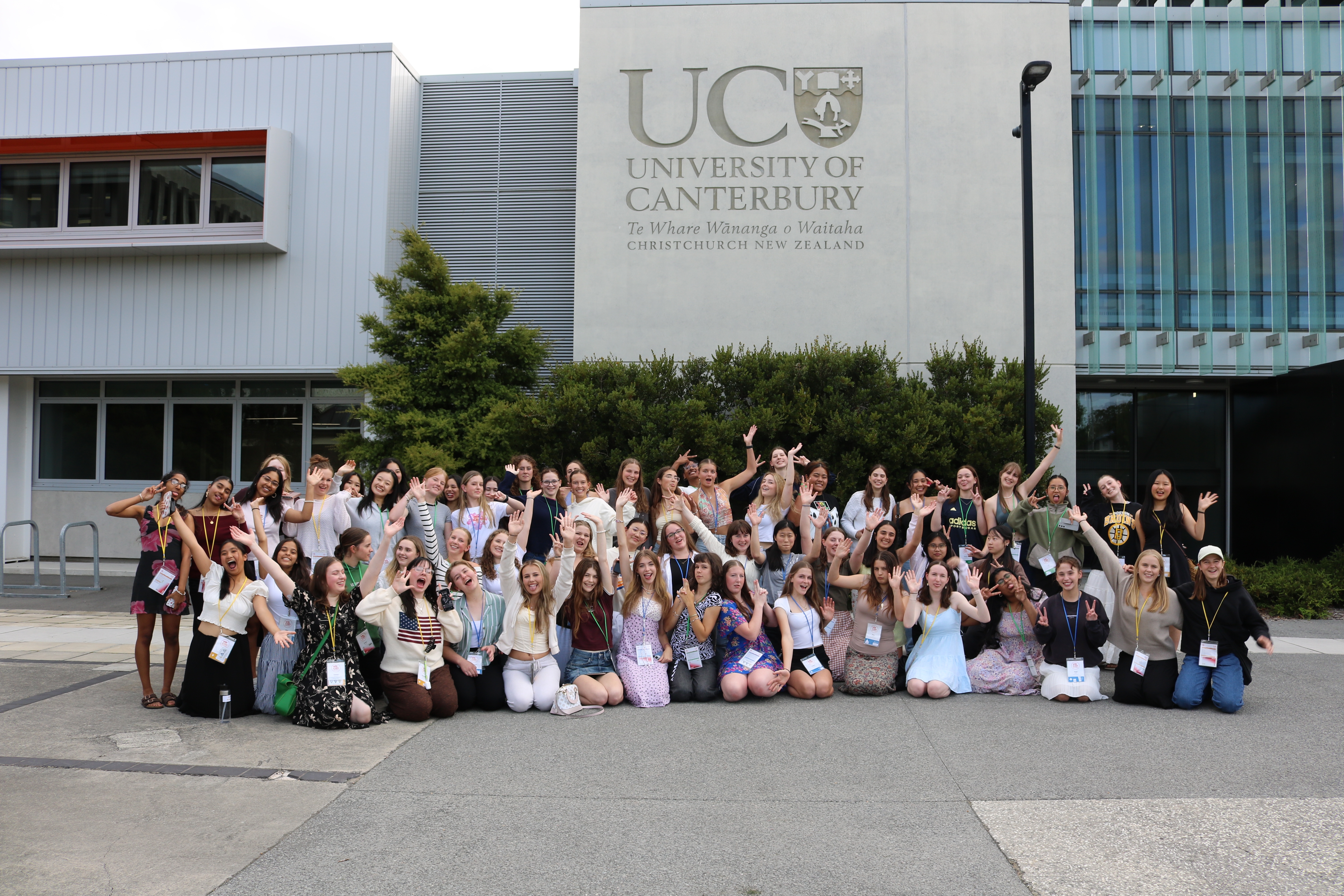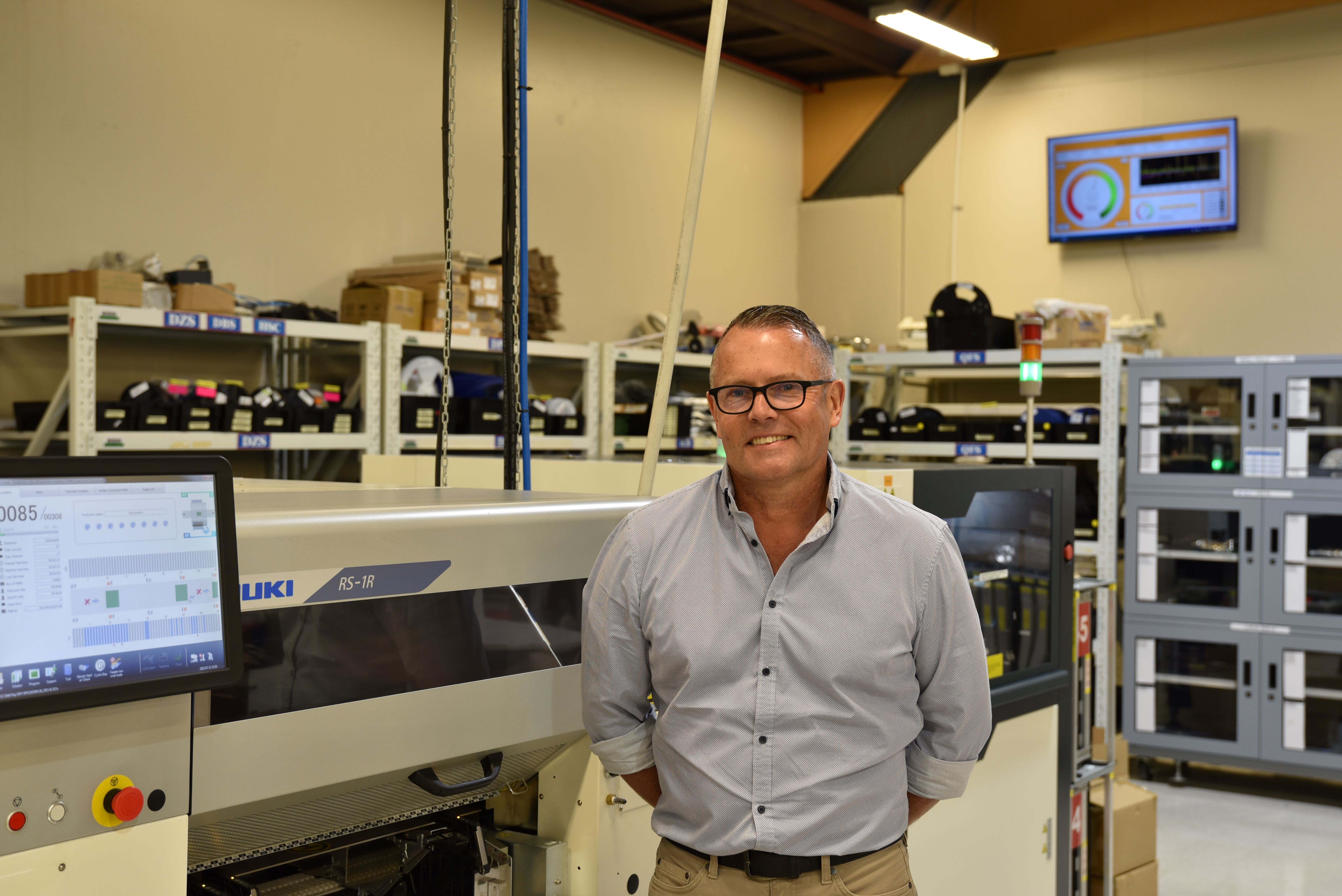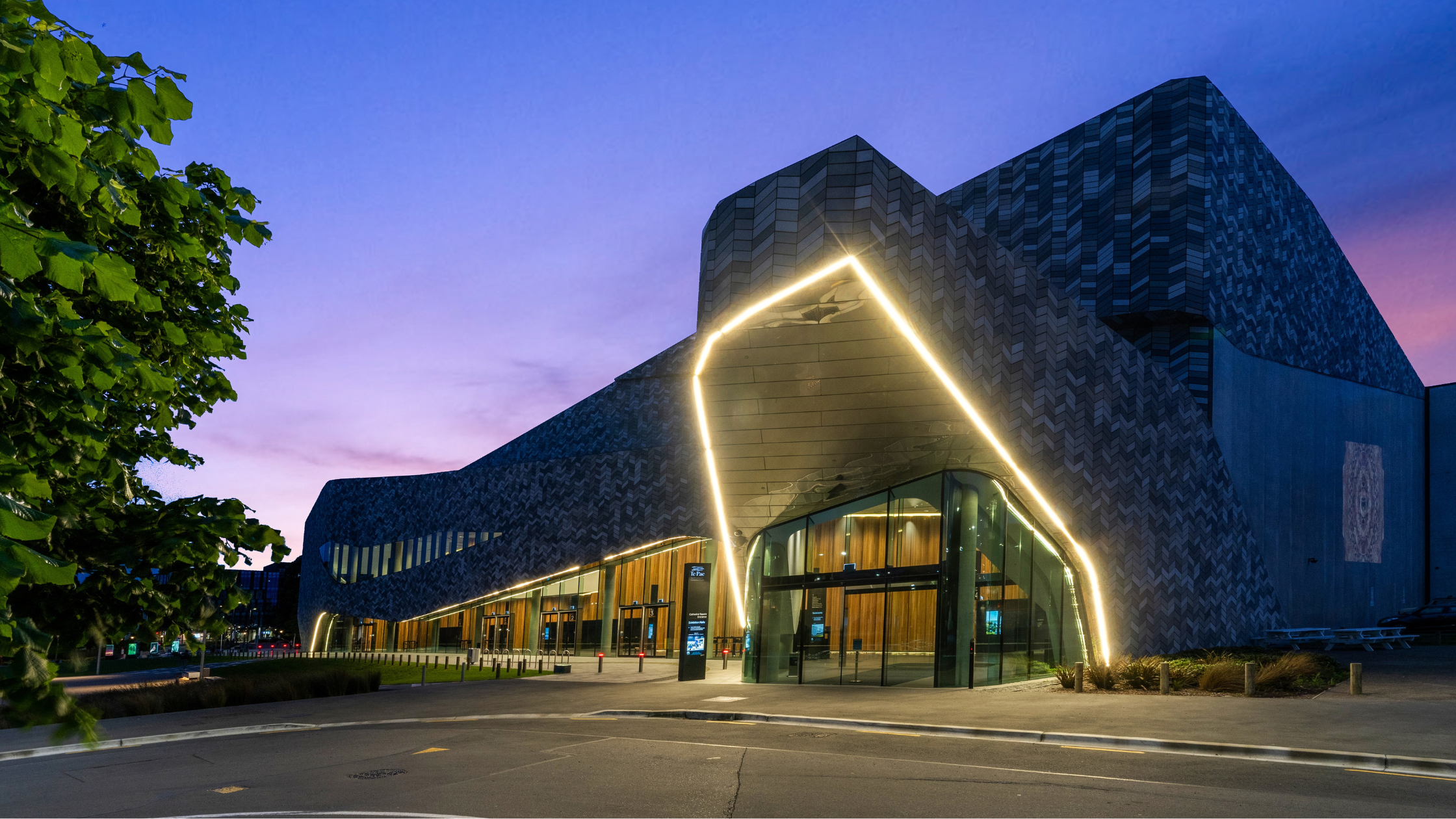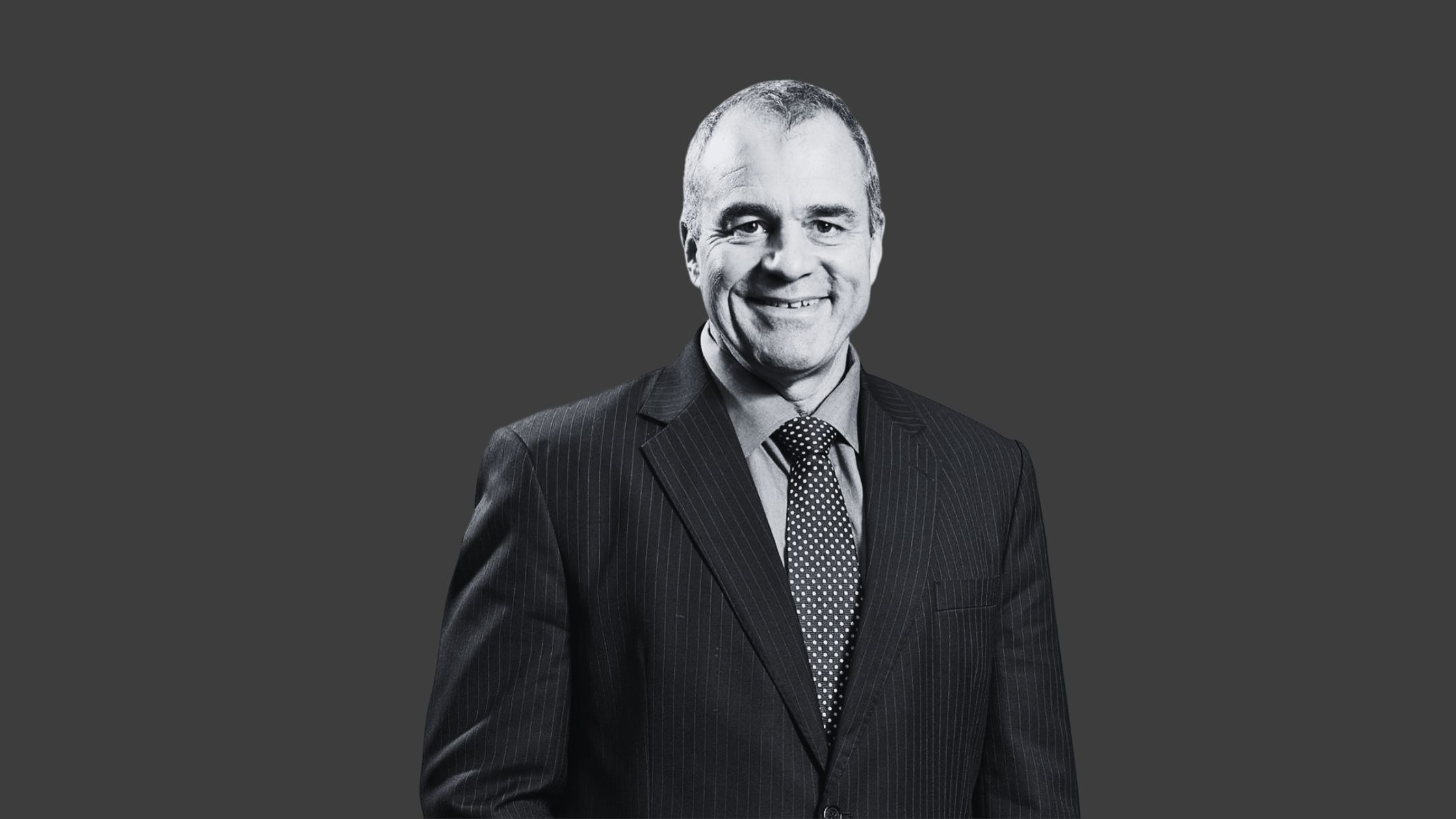At the end of last week, the Government announced that it will not provide further taxpayer funding for Christ Church Cathedral reinstatement – funds that were much needed to help meet the project’s current $75-85 million shortfall.
This followed closely on the heels of the Christchurch City Council agreeing to fulfil its commitment to release $7 million it had already collected from a targeted rate towards reinstatement. The Christ Church Cathedral Reinstatement Limited (CCRL) team has asked for that funding to be paused while the project’s next steps are reviewed.

A render of the completed project.
Chair of CCRL Mark Stewart says with the Government’s decision, the pathway to completion is much longer and mothballing is now likely. “The decision is incredibly sad and disappointing. With the final anchor projects now being completed alongside significant private and civic investment, Christchurch is enjoying a wonderful renaissance as a modern and vibrant city. Completing the reinstatement of the city’s iconic Cathedral in the very heart of the city in Cathedral Square would be a very fitting capstone to this.”
Originally built between 1864 and 1904, the Cathedral was severely damaged in the 2011 earthquake. The upper half of the tower was destroyed, and the remainder had to be demolished. The west wall was also badly damaged and partially collapsed later in the year.
The reinstatement budget was developed in 2017 and updated in 2020 without the benefit of access to the Cathedral. Access in 2023 allowed completion of the necessary investigations and planning, providing the full information and the revised estimate. As a result, the funding requirements increased, and a total cost estimate at $248 million was announced in April. $82 million has already been spent on stabilising the building, consenting, design and planning.
However, agreed changes in scope, alongside the confirmed $16 million additional commitment of the Anglican Church, means the project shortfall has now reduced to $75-85 million and a total project cost of $209-219 million. If the Government funding had been secured, completion of the project was set for 2029.
Initially Mr Stewart was shoulder-tapped as a potential donor for the Cathedral project, and eventually he wrote a letter to the Bishop of Christchurch Diocese, Right Reverend Dr Peter Carrell, suggesting some simplified changes to the structural management of the project. It’s no surprise that he was then offered the opportunity to chair the Board. “At that point I had a choice to make – to either get involved and try to help out or walk away and hope they make it. For me and my family, we are great believers in Canterbury, great believers in Christchurch. This has been our home, so we’ve got a responsibility to give something back.”
For Mr Stewart the Cathedral also holds strong personal significance. “In the 1970s my parents were approached to support the purchase of the bells, so there is one bell with RH Stewart on it, which is my father, and another one is called the Stewart Family Bell. When the tower came down, I wondered what happened to the bells and when I eventually found out, they had been to the UK for restoration.
“When I was a young person, I also used to sing in the Cathedral. I always remember the massive Christmas tree with beautiful Christmas carols and have so many memories of climbing the tower stairs, going to every civic event and also sitting there in quiet reflection. My family have also had weddings, christenings and funerals in the Cathedral, and my parents helped out on previous fundraising efforts for this icon. It became our sort of parish church I guess.”

Board Chair Mark Stewart and Project Director Keith Paterson.
The Cathedral reinstatement has been a contentious issue for over a decade. It’s also a Category one historic place, which adds another layer of complexity. However, Mr Stewart says restoring the Cathedral is about more than just restoring a building.
“To me the Cathedral is pivotal as the centre of the city. This is our Notre-Dame. This is our Sydney Opera House. So why can’t we, as a community, come together to fix it? A city is built of history and heritage, and it’s an evolving thing. We lost so much of our heritage fabric with the earthquake. What are the things we should keep? Surely the Cathedral is one of them. There is also a billion dollars being spent around the Cathedral and another billion dollars planned. You’re not going to get that money either invested or leveraged properly with a half-completed Cathedral Square.”
Mr Stewart says leaving the project incomplete would be more costly in the long run, both financially and in terms of lost expertise and momentum. “If it pauses, it’s quite a monumental problem. What you see is what you get. It’s not a living monument. It’s not a homage to the earthquake. It’s a broken, half-completed construction site. Stopping is also a more costly exercise because you’ve got to restart, which means re-engaging the teams. We would lose all the intellectual property we’ve gained for the last five years working on the site and then there is the cost just to maintain the site. The cheapest, easiest, fastest route is to do it now.”
With a strong focus on philanthropy over his 40-year commercial career, Mr Stewart says that the Cathedral reinstatement has been his most difficult fundraising project to date. “I’ve been involved in lots of fundraising projects, but this is the most difficult one because it’s so big and it’s so meaningful. It’s political, it’s controversial and it’s a massive challenge to solve. But if you solve it, the city gets its icon back.”
The Christ Church Cathedral Reinstatement Limited Board will make further announcements on the future of the reinstatement later in the month.
Have you got news to share? Email us your business news, story idea, or opinion piece to news@businesscanterbury.co.nz
Tune In: The Bold Company Podcast Season 2 - Now Live
Get inspired by the boldest voices in Canterbury business. Hosted by Business Canterbury’s Hannah Weeds and Ruffells’ Tim McInnes, The Bold Company Podcast shines a light on the innovators and changemakers shaping our region. Proudly supported by Christchurch Airport, ChristchurchNZ, and Ruffells Creative Studio.
🎙️ Listen now and meet the minds behind Canterbury’s success →
Browse Posts
Sign-up to Bold Company
Browse by topic
- News (70)
- Business success (26)
- Business growth (25)
- Innovation (18)
- Podcast (16)
- Tourism (15)
- Sustainability (10)
- Media Release (7)
- Advocacy (6)
- Global trade (6)
- QCBS (6)
- Manufacturing (5)
- Opinion (5)
- Small business (5)
- Workforce, Immigration & Employment (5)
- Education, Skills and Training (3)
- Events (2)
- North Canterbury (2)
- Mid-Canterbury (1)
The Bold Company Podcast
The stories of Canterbury businesses and the people behind them...

